He Gave Up His Dream For Family’s Legacy, Made History As World Wrestling Champion
The first Asian wrestler to win the World Professional Wrestling Championships Jatindra Charan Goho aka Goho Gobar from Calcutta took his family's legacy to great heights. Yet his achievement remains unknown in India.
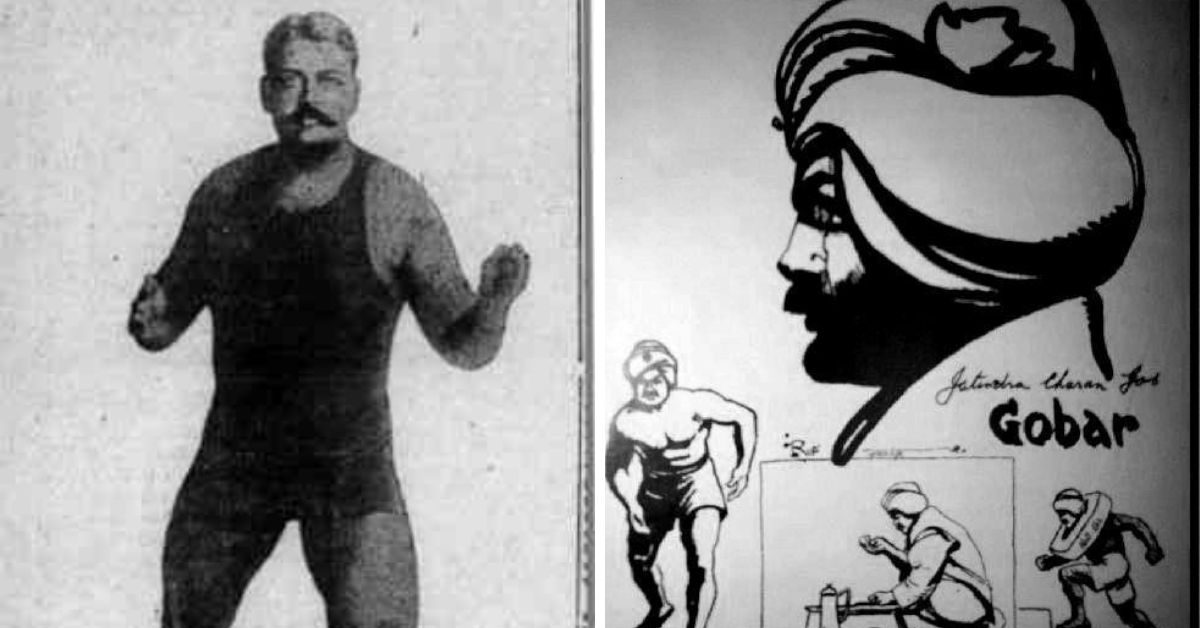
In the 1900s, legendary American cartoonist Robert Ripley’s newspaper column ‘Believe It Or Not’ had become widely popular. His bizarre take on oddities of all kinds had gone on to become a daily affair and his cartoons were soon appearing in articles in the New York Evening Post.
In one of his sketches, he illustrated ‘Gobar’, aka Jatindra Charan Goho, a wrestler from India. Titled ‘The Gold Eater’, the illustration shows Gobar sitting with his legs folded on the ground eating gold pieces from his plate. Adjacent to that picture is one that depicts Gobar climbing the stairs with the caption ‘Wears a stone collar’.
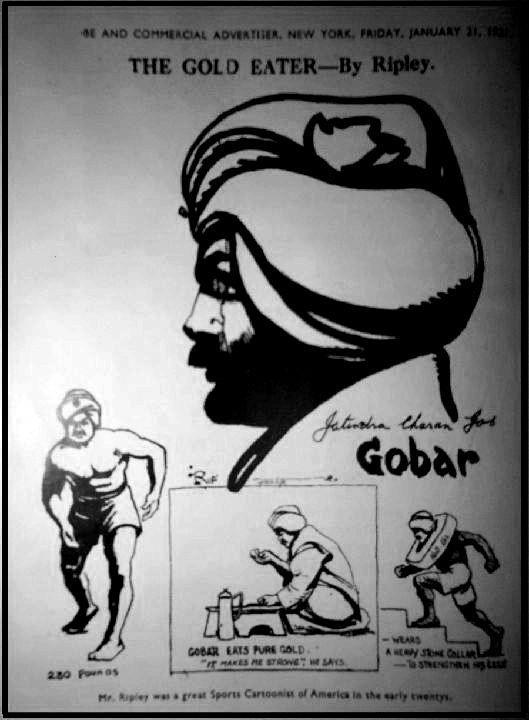
It wasn’t just Ripley who was taking note of this young wrestler. At the time, Gobar’s legacy and aura had smitten fans, opponents and critics alike. One newspaper described him as a ‘Hindu Prince’ and some said he was an Oxford graduate. The San Francisco Chronicle labelled him as the ‘Hindu Giant’.
“Goho Gobar, the present holder of the India championship, is showing such wonderful improvements over his former work that many critics predict that this famous Hindu will be the contender this season for the world’s title…In all his matches he has given his wrestling fans an example of what a real wrestler is capable of performing,” reads a newspaper clipping from The Buffalo Enquirer dated 17 September 1921.
Gobar’s journey of international wrestling begins from Calcutta (now Kolkata), in an unusual but destined manner. Originally working towards making a career in classical music, Gobar had to do away with his plans overnight in order to save his family’s legacy in wrestling, a sport signifying stamina, strength and culture in India.
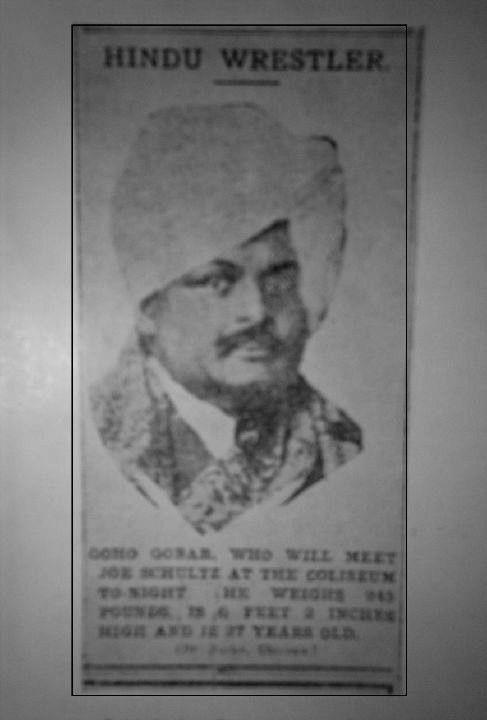
Gobar is credited for being a pioneer in wrestling who put India on the map and paved the way for future pehalwans (wrestlers) to play against international players. These include the likes of Khashaba Dadasaheb Jadhav, who created history at the Olympics in 1948, The Great Khali, Deepak Punia, Mahavir Singh Phogat, and of course, the Phogat sisters.
Here’s the story of how a teenage Gobar stepped up to save his family name and ended up leaving his mark across the world by defeating gifted wrestlers.
Life in Calcutta
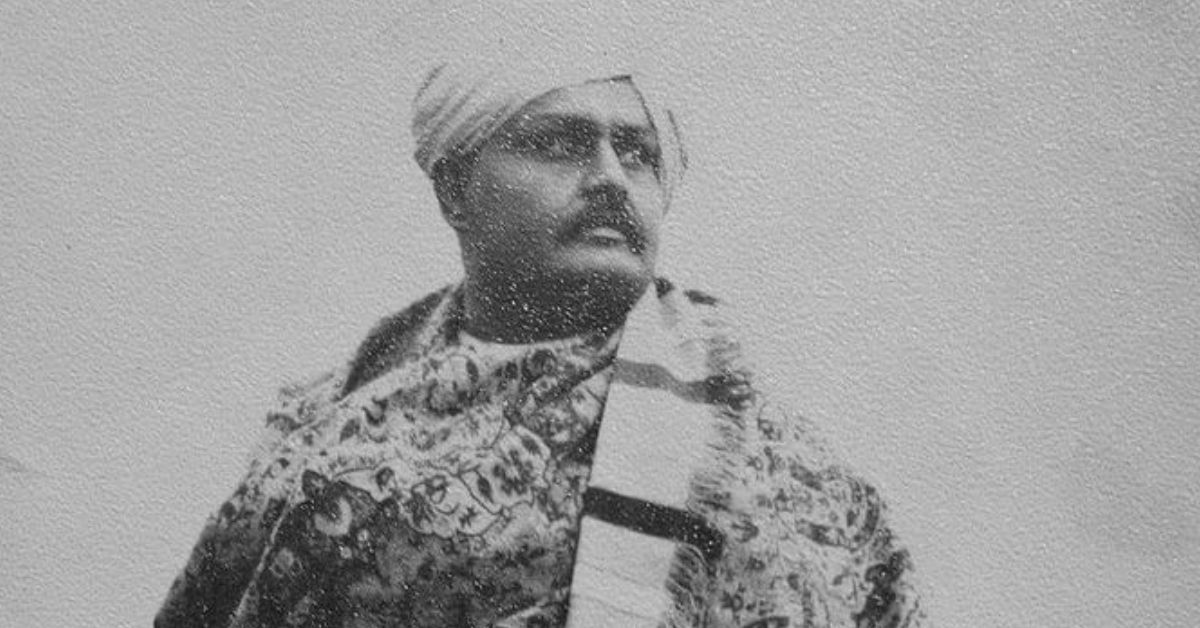
Born on 13 March 1892, Gobar grew up in a family of prominent and locally renowned wrestlers like Khetracharan Guho and his father, Ram Charan. It is believed their sincerity and dedication towards the sport was such that Swami Vivekananda had taken lessons from Khetracharan at their family akhara (wrestling ground) on Masjidbari Street.
There are a few theories behind how Jatindra got his nickname ‘Gobar’. According to one story, when he was born, his mother fondly said he looked like a cow dung ball. In another one, his father lovingly called him that for being lethargic and overweight. The final theory states that the wrestlers used to cover themselves in cow dung as a ritual and a mark of respect to mother earth. While his name was oddly connected to the sport, Gobar never actively played any matches. He was taking training in Hindustani classical music. But destiny had other plans.
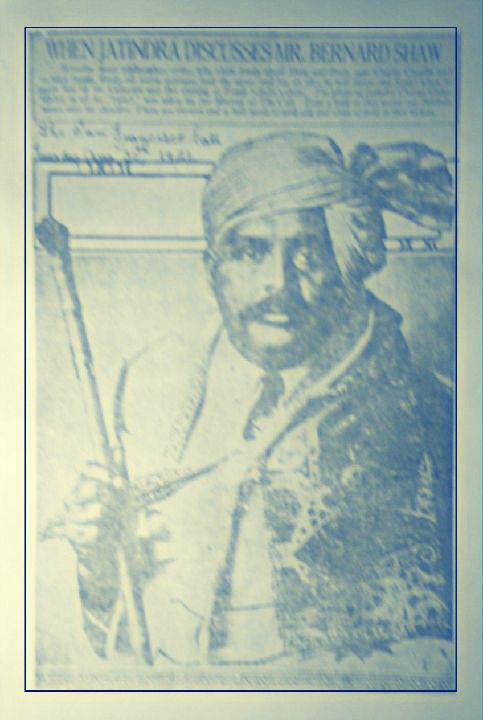
In 1901, his father Ram passed away, and with no one to take the tradition forward, Gobar’s family called for intervention. He was barely 10 when he was asked to wrestle.
Thanks to his genes, Gobar turned out to be a natural at the sport. By the time he entered his teens, he was mirroring his father’s physique, endurance and style.
Life took a turn when Gobar got a chance to visit Britain with wrestlers Ghulam Mohammad Baksh Butt and Rahim Sultaniwala in 1910. His brother-in-law Sarat Kumar had sponsored the trip after Gobar had suggested that Indian wrestlers should fight against the British ones.

His trip was short-lived due to personal matters and Gobar returned to India. But that trip set the foundation and Gobar knew he was meant to fight with international players.
Life as wrestler
Three years after his first international trip, Gobar went to Europe, followed by the United States of America, where he would go on to make his name.
He played and defeated renowned wrestlers including Jimmy Campbell and Jimmy Essen. In the book ‘Nation At Play’, writer Ronojoy Sen recounts the famous incident in Paris when Jack Johnson, the first black heavyweight champion, asked Gobar to hit him on the neck several times. And he did but Johnson “withstood all the blows”.
Next, he visited the US. Sen recalls another interesting account where Gobar had only five dollars on him when he was trying to enter the country. The Immigration Department created a ruckus due to the nature of discriminatory laws against Asians at the time. So he lied and instead entered the country under the pretext of being an actor.
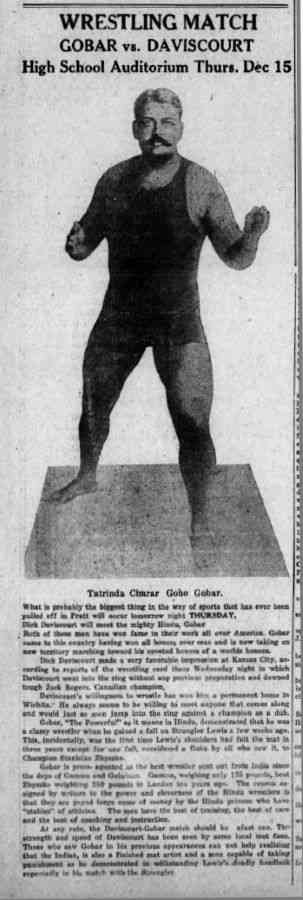
Gobar went on to live in the US for about 5-6 years, during which he left everyone stumped with his wrestling performances against Adolf Santel, the light heavyweight champion of the world. Gobar made history and became the first-ever Asian wrestler to win the World Professional Wrestling Championships in the US.
He then went to win against Ed ‘Strangler’ Lewis, another popular wrestler who held the record of winning heavyweight championships ten times. and Alan Eustice, a heavyweight champion from Kansas.
In 1927, Gobar left the country and returned to India to continue running his family akhara. He took in budding wrestlers under his wing, till he retired in 1944. It is believed that he had close to 5,000 disciples.
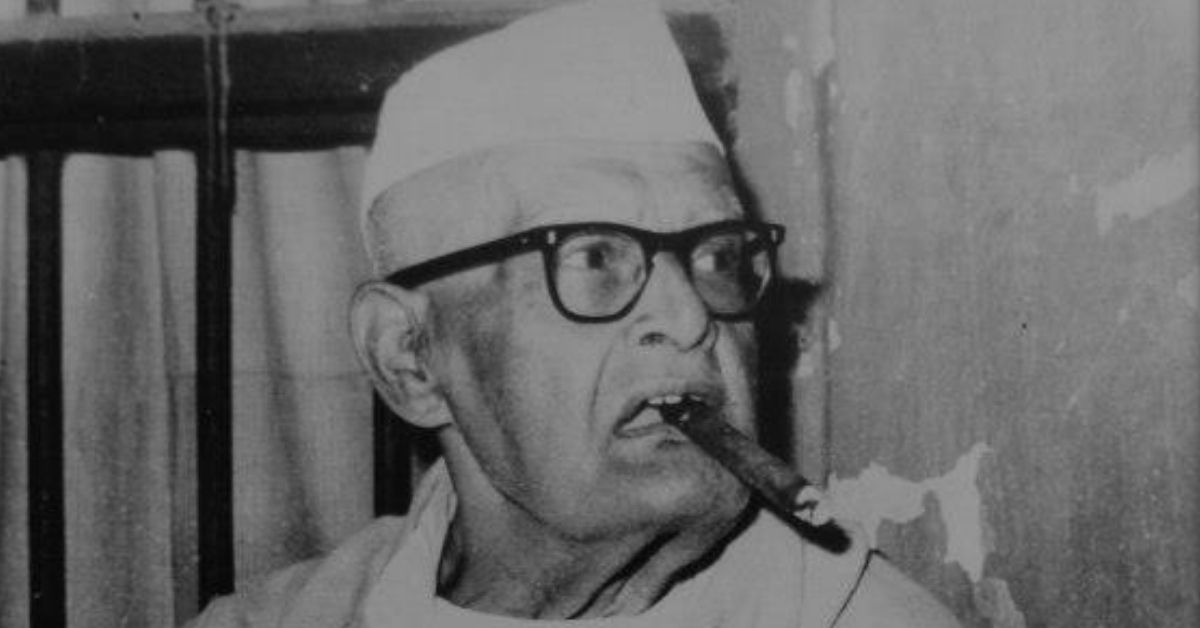
Gobar passed away at 78 in January 1972. The akhara still exists and his disciples have preserved Gobar’s bed, exercise equipment and newspaper clippings that adorn the walls of his room.
All images are taken from Gobar Goho/Facebook
Edited by Divya Sethu
If you found our stories insightful, informative, or even just enjoyable, we invite you to consider making a voluntary payment to support the work we do at The Better India. Your contribution helps us continue producing quality content that educates, inspires, and drives positive change.
Choose one of the payment options below for your contribution-
By paying for the stories you value, you directly contribute to sustaining our efforts focused on making a difference in the world. Together, let’s ensure that impactful stories continue to be told and shared, enriching lives and communities alike.
Thank you for your support. Here are some frequently asked questions you might find helpful to know why you are contributing?


This story made me
-
97
-
121
-
89
-
167











